I was on my stomach in the grassy tundra of the coastal plain of Alaska’s Arctic National Wildlife Refuge. In front of me, some 10 meters away, a Pomerine Jaeger sat relaxed on the tundra. 50 meters beyond it, a small band of caribou, some 20 animals, grazed slowly across the landscape. The light was hot and bright, not ideal, but there was a story to be told here. The bird had flown in with the herd, as did two or three other Jaegers which still cruised about over the caribou. They were not interested in the caribou themselves, but Jaegers prey on small mammals which are kicked up by the hooves of the migrating caribou.

In my image, I wanted to show that relationship so a long lens zoomed in tight, was not going to tell that story. I pulled back, composing so that the caribou were visible beyond the bird, almost lost in the heat waves coming off the summer tundra (above).
Often, you don’t need a lens as long as your leg to tell the wildlife story that matters. Huge telephotos are sexy, don’t get me wrong, I love my 500mm f/4 and drool regularly over other long glass in online camera catalogs. That said, long lenses can be extremely limiting. They help you get close, but close isn’t always what you need to tell a good wildlife story, in fact, it’s often counter-productive.

Telephoto lenses are key in wildlife photography – or not?
There is a myth, prevalent among wildlife photography enthusiasts, that an effective image is a close image. Headshots or tight, full-body portraits, with perfectly clean backgrounds are the formula for good images… or, not.
While there is a place for wildlife portraiture, that style leaves out one very important element; the story. To include the story, you’ve got to have context. To get context you need to back off. Like my Jaeger on the tundra, the location and the environment matter. To tell the story within the image, it’s ALL that matters.
Rather than give a bulleted list of tips, I thought it might be more illustrative to show you a few images that I think tell an effective story, something less superficial than a portrait. (As a side note, you can use your beloved super-telephoto to make these types of images, you just need to make sure your composition reflects the context. So go crazy, spend your kid’s college tuition on that lens, just be sure to use it judiciously.
Gentoo Penguin, South Georgia Island

I was guiding on an expedition cruise to Antarctica and South Georgia Island a few years back and spent some time with a group of nesting Gentoo Penguins high on a ridge above a protected bay on South Georgia. I’d been using my 500mm to make some headshots, but realized that wasn’t getting at the core of the story.
This was a unique place to nest, these birds were waddling more than a half mile and 500 vertical feet to get to their rocky nests high on the hillside. THAT was the story, the context. So I slapped on a wide angle zoom and composed with the penguins in the foreground and the blue water of the South Atlantic in the background. The weather and fog only add to the sense of place. When one Gentoo raised its bill to call, I snapped the image above.
Skua, South Georgia Island

Showing context doesn’t necessarily mean being distant. As I was working on photographing the penguins in the previous image, a Skua, an opportunistic predator that snatches eggs and chicks from careless penguin parents, appeared. It landed nearby, so I lay down flat on my stomach (trying not to think of the reddish brown penguin poop that covered the hillside) and waited. The curious bird, perhaps wondering if I was about to expire and provide an unexpected meal, approached.
The curious bird, perhaps wondering if I was about to expire and provide an unexpected meal, approached. Eventually, it leaned forward and almost pecked the glass on the front of my lens. As it did, I composed to include a pair of nesting penguins in the background and clicked the shutter. Curious predator, wary prey, and interaction are all wrapped up nicely in the resulting photo.
Sandhill Cranes, Fairbanks, Alaska

If there is one thing that matters to Sandhill Cranes on migration, it’s having company. On their way south, these birds congregate in huge flocks at stopover locations where they refuel for the next stage. Many eyes mean a better chance of avoiding predators. While in flight, their long V-shaped flocks provide extra lift to each of the birds in line. In other words, for an image to show the real nature of a Sandhill Crane in migration, it’s got to show more than one.
In this case, I was out shooting in the early morning hours at Creamer’s Field State Game Refuge, not far from my home in Fairbanks. It was a foggy morning and the huge flocks of cranes and geese were restless. They kept lifting off in groups of a hundred or so, before settling again. This image shows how they gather, and a bit of the habitat. To me, it screams of migration.
Caribou, Arctic National Wildlife Refuge, Alaska

I was camped with a couple of clients on a photo tour a stone’s throw from the Arctic Ocean on the coastal plain of the Arctic National Wildlife Refuge. We’d been concentrating our photographic efforts to the late night hours when the arctic light was low and sweet. So I was fast asleep when around midday, I was woken by a distant splashing. Curious, I clambered from my tent and looked out over the river to the south of our camp. Hundreds, no, thousands, of caribou were crossing the river a few hundred yards from our camp.
I grabbed a camera and ran down to join my clients who were standing, watching, and photographing. It took three or four hours for all the caribou to pass. With the last few bands of animals, the light finally improved, and I was able to make this image. The caribou moving across the coastal plain with the distant Brooks Range in the background tells something of the animals, as well as a story about the Refuge itself.
King Penguin, South Georgia Island

Early in the morning, I landed in a zodiac on the shore of Saint Andrews Bay on South Georgia Island. I’d skipped breakfast to make the early morning landing. The storms that had plagued our trip to that point were holding off for the moment. But a bruised sky lay to the south, threatening more weather to come.
While everyone else scurried off to the main penguin colony a quarter mile away, I lingered around the landing area to make a few images. I concentrated on this single King Penguin, who was standing alone on the beach with a few resting Giant Petrels and fur seals. My favorite of the resulting images, this one, reminds me of a museum display, more than an isolated individual, it says something about the ecosystem the penguin shares. And the soft sunlight and purple sky help set the stage about the storm-battered Southern Ocean.
Composition Techniques

Brown Bears living in southeast Alaska spend a lot of time wandering beaches where it’s easy to walk and foraging is productive. In this image, my group and I spotted this bear walking toward us down the beach. I wanted to show some of that context, the forest in the background, the gravel shore, and the water’s edge are all important parts of this bear’s life.
Creating images of wildlife in context is a more of a creative than a technical discipline. As I think about it, it’s really more like landscape photography than anything else. There are many articles here on dPS about camera settings, exposure, and sharpness, so I won’t trouble you with you that. But I do want to take a moment to talk about composition.
As I noted, these images are often similar to landscapes. The setting is just as important as the animal you are photographing. Consider the balance of the image, and the aspect of the life of the critter you are trying to show. Do you want your animal to appear as a just another part of its world, or the dominant part? Both can work.
Below are a few images of bears. All show some context, but in some, the bear is the unquestionable subject, while in others the animal is part of the landscape. Neither composition strategy is right, nor wrong. Rather, it depends on your goals for the image and its ultimate use. Most of these images have sold for publication, and editors have selected them for different reasons. But in every case, the context and setting were the selling points.

This Brown Bear in Katmai National Park was grazing peacefully in this sedge meadow. In this case, I wanted to show the bear in a larger setting, so I pulled back, showing the mountain in the background and the vast, green tundra.

This is the same bear as the previous image. I made this image just moments after the one above, when the bear, curious at our appearance across the river, rose to give us a look. The composition still shows her in the meadow, the flowers, the sedges, the tundra hill in the background, but she is suddenly, very clearly the subject.

This aerial image of a Brown Bear searching for clams on a muddy shore in Katmai National Park, Alaska is an extreme example of wildlife in context. Yet, it tells a story. Coastal bears in Katmai spend a lot of time digging clams. It’s a lot of work, there is an enormous amount of ground to cover. This image is effective at telling that story.

Small in the frame, yet clearly the subject, I photographed this Brown Bear walking along the shore of a river.
Final Note
This is not “spray and pray” photography. Unlike birds in flight, or other fast moving subjects where you shoot a rapid burst of images in the hopes that one will end up sharp and pleasing, showing animals in their environment is more of a mind-game. Spend time composing. Consider the wildlife, their ecology, and place in their environment. Play with the balance of elements in the image, the focal length, and depth of field. Only then, once you’ve weighed your options, should you start shooting.
When photographing wildlife, by all means, make some clean, close-up shots, but don’t stop there. Think deeper about the story at hand, about the environment in which the animal lives, and its relationship to it. Don’t be afraid to go wide, or ease back that zoom.
Are you a wildlife photographer? Have you tried making this type of image? If so, please share your stories and images in the comments below.
The post Wildlife in Context – The Short Lens Approach to Wildlife Photography by David Shaw appeared first on Digital Photography School.
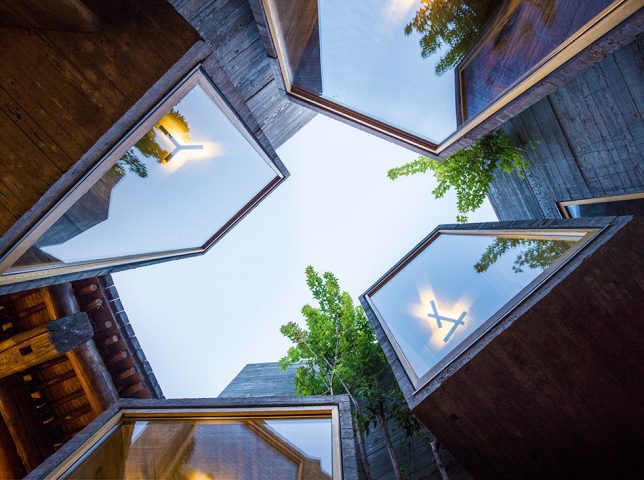
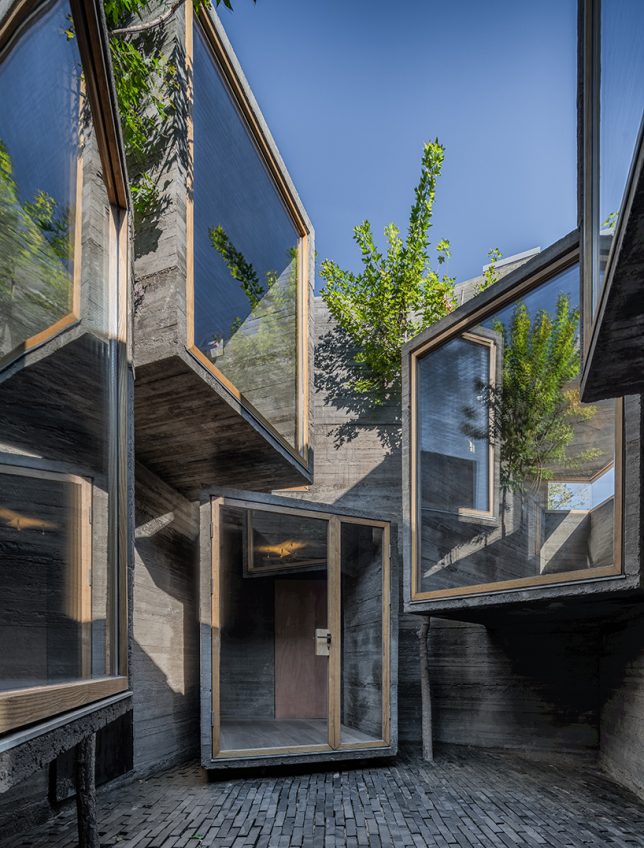
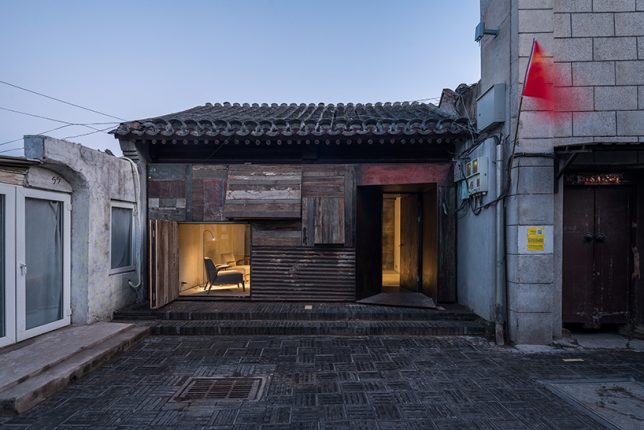
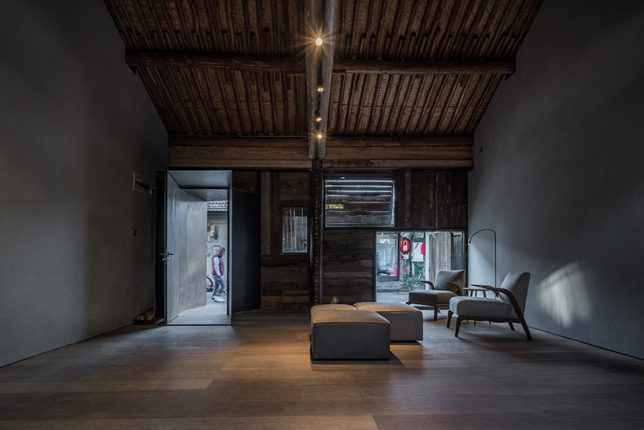
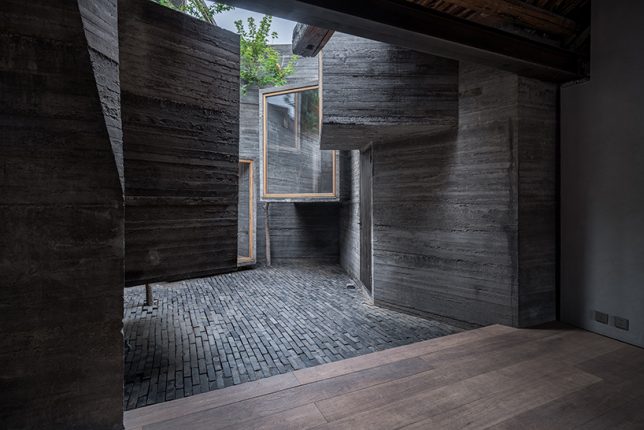
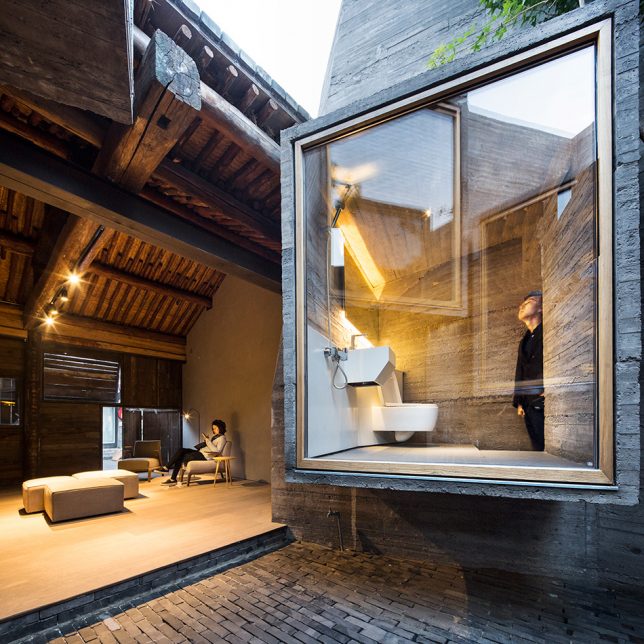
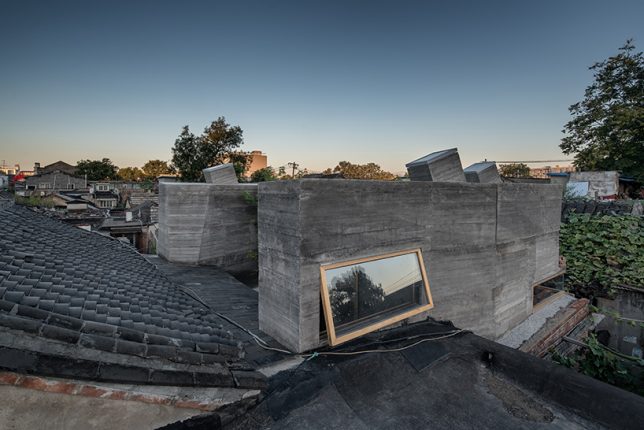
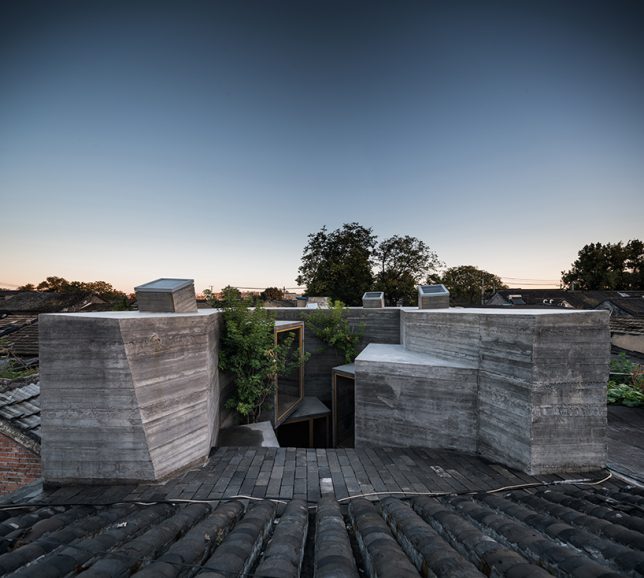
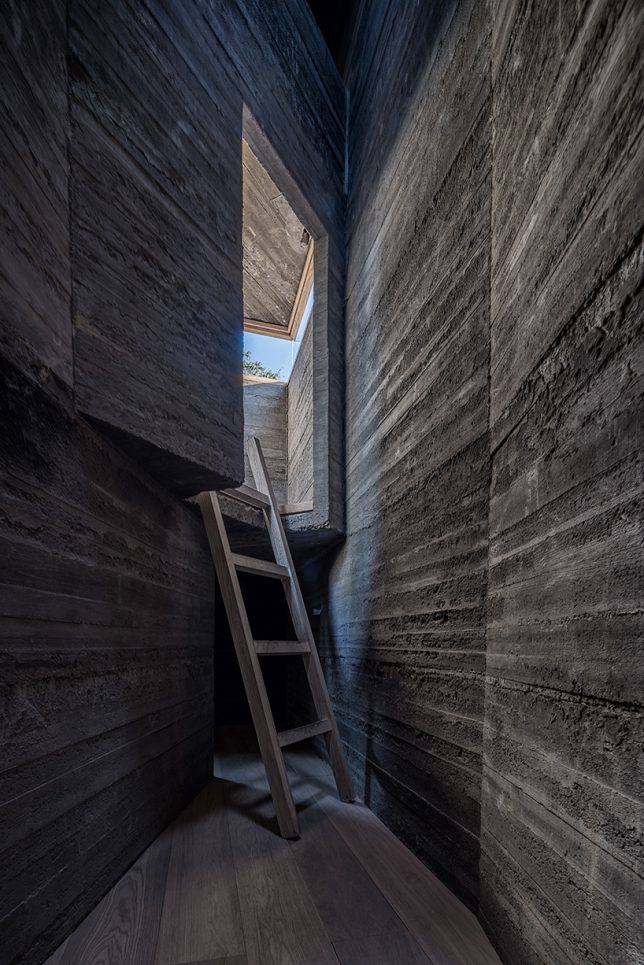
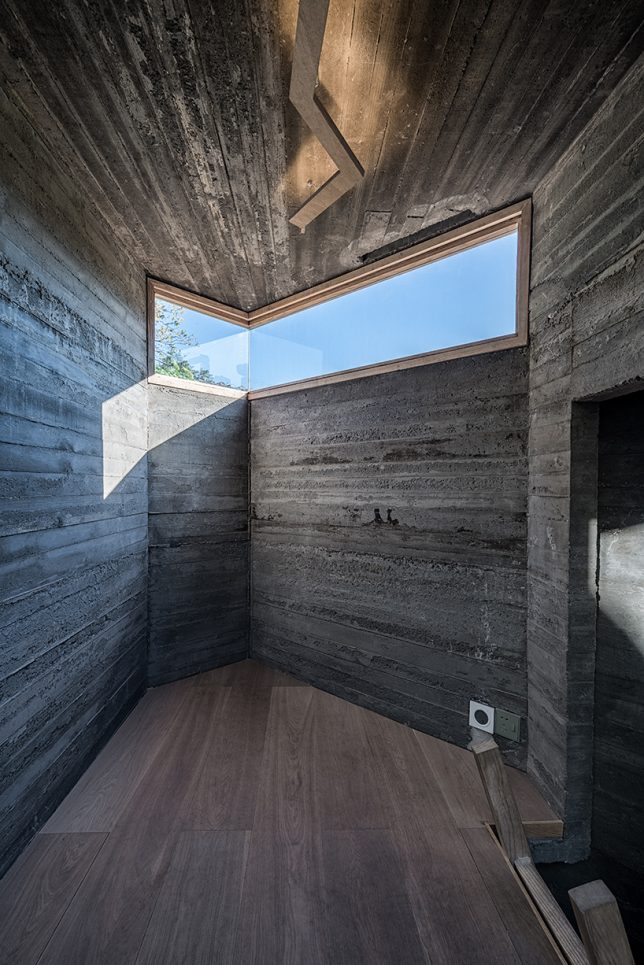







You must be logged in to post a comment.